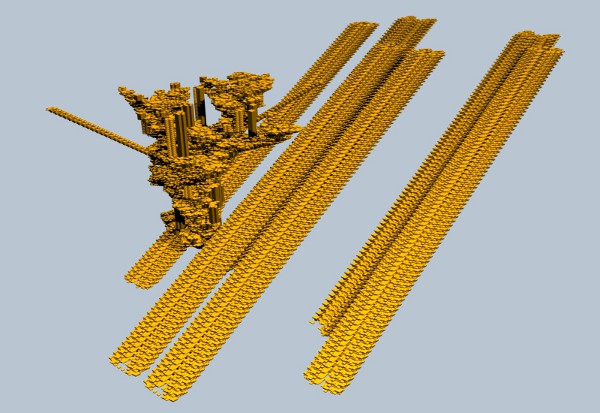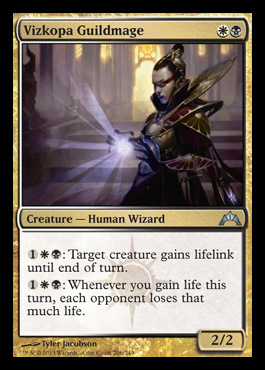
Any live cell with more than 3 live neighbors becomes dead, because of overpopulation.Any live cell with 2 or 3 live neighbors stays alive, because its neighborhood is just right.Any live cell with 0 or 1 live neighbors becomes dead, because of underpopulation.The cell then updates its own liveness according to 4 rules: During each round, each cell looks at its 8 immediate neighbors and counts up the number of them that are currently alive. Each square in the grid contains a cell, and each cell starts the game as either “alive” or “dead”. Life’s simple, elegant rules give rise to astonishingly complex emergent behavior. Life is a “cellular automaton” - a system of cells that live on a grid, where they live, die and evolve according to the rules that govern their world. There’s no winning or losing or destroying your opponent mentally and spiritually. Game of Life (or just “Life”) is not really a game.

If you would like to, send me an email or a Tweet and I’ll do my level best to try and help you over the bump. If you get completely stuck (defined as making zero progress for 60 minutes), take a break and come back later with a clear mind.
#Osculator game of life code#
If your code looks different from mine, then as long as it works don’t worry! There are usually many different ways to solve the same problem.

It should therefore be a useful reference regardless of which language you are using. I’ve written it in Python, but I’ve also tried to avoid using any Python-specific constructs. If you get stuck (defined as making zero progress for 30 minutes), you can get some inspiration from my example project.
#Osculator game of life how to#
How to write automated tests so that your computer verifies that your code is correct for you.How to break down projects down into manageable chunks and milestones.Throughout the course of the project, you will learn: And once you’re finished you can create exquisite gifs of your work to share with your friends and extended family. This will not be easy, but I guarantee that you will succeed. You’re going to build the famous and fascinating system known as “Conway’s Game of Life”. Subscribe now to receive these invaluable improvements in your inbox The author could make their code cleaner and easier to work with. Things that I think could be better, and offer suggestions for how Real-world ways to make your code cleaner and more professional.Įach week I review code sent to me by one of my readers.

Newsletter to receive concise weekly emails containing specific,

P47 pre-pulsar shuttle phase-shifting 28P7.Subscribe to my new "Programming Feedback for Advanced Beginners" Middleweight volcano on Achim's other p16Ĭaterer on p28 pre-pulsar shuttle variant In April, 2013 Mike Playle found a small 90-degree stable reflector known as the Snark that allows oscillators of all periods 43 or greater to be constructed. For any period 61 or greater an oscillator can be constructed using the Herschel track method. In some cases, it is not known for certain what the first-discovered oscillator of a given period is, and in such situations all possible candidates are listed.
#Osculator game of life full#
Note that only non-trivial oscillators are considered here, in the sense that there must be at least one cell that oscillates at the full period. Without the shift, it is an oscillator, but if it moves it would be called a spaceship.Ī list of the first-discovered oscillator of each period, as well the current smallest-known oscillator of that period, is provided here. An oscillator is divided into a rotor (the individual cells that actually oscillate) and a stator (the cells which remain alive throughout its whole period).Ĭellular automaton theory recognizes shift periodicity, which refers to a configuration reappearing in shifted form after a lapse of one or more generations. The term is usually restricted to finite patterns that are not still lifes, though still lifes may be thought of as oscillators with period 1. That is, it is a pattern that repeats itself after a fixed number of generations (known as its period). An oscillator is a pattern that is a predecessor of itself.


 0 kommentar(er)
0 kommentar(er)
